Leer en español. | Download as a PDF. | Listen with an audio reader.
From high desert to mountain meadows, Central Oregon is home to a wide variety of wildflowers. Whychus Canyon Preserve is a great place to enjoy some of the best native wildflowers in our region. Here are ten of our favorites:
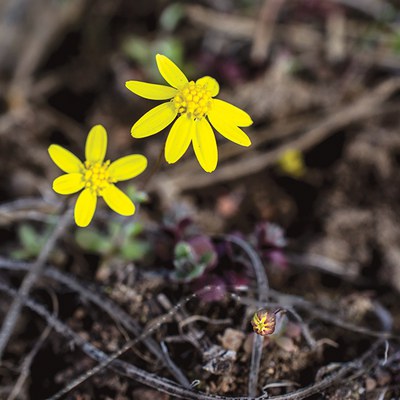
One of our very first wildflowers of
the season! You’ll find these dime-size flowers carpeting the sagebrush flats.
Single yellow flower with 8 rays ¼-½”
long on a delicate stem. Plant height: up to 6” tall.
Bloom time: March-April.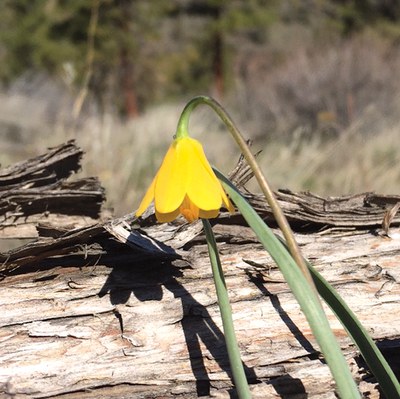
A beautiful yellow, pendant-shaped lily that can be found in grasslands to pine forest. Flowers are ¾” long and can be yellow to brownish-orange. Leaves are grasslike. Plant height: up to 8” tall.
Bloom time: March-April.
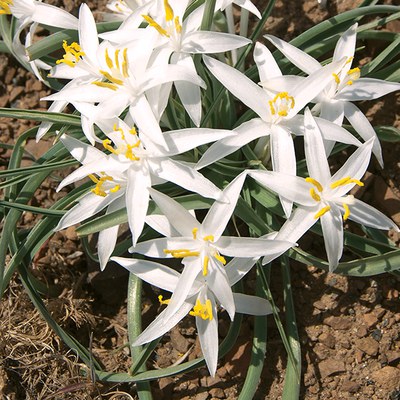
Another early bloomer found in sagebrush flats and pine forests. It grows in rosette-like bunches with 4-8 star-shaped white flowers per bunch. Plant height: up to 4” tall.
Bloom time: April-May.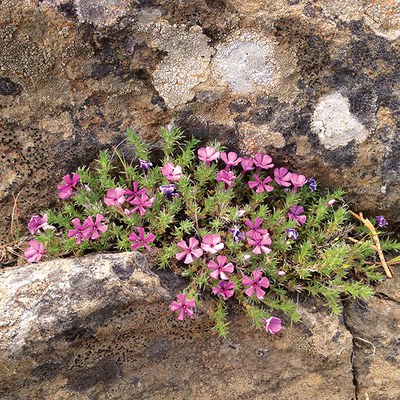
Low-growing flower that prefers rocky crevices and exposed locations. Flowers are pink, purple, and white and create a mass of color. Adapted to extreme environments, cushion-like plants like phlox often have taproots 8-15’ deep! Plant height: up to 4” tall.
Bloom time: April-May.
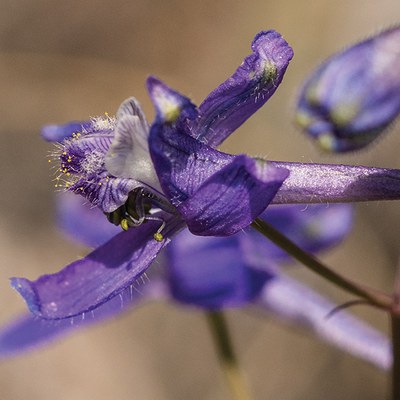
Distinctive dark purple flowers shaped like a claw (larkspur = a lark’s spur or claw). Flowers cluster in groups of 3-12 atop a slender stem. Grows in a wide variety of habitats. Plant height: 6-16” tall.
Bloom time: May-June.
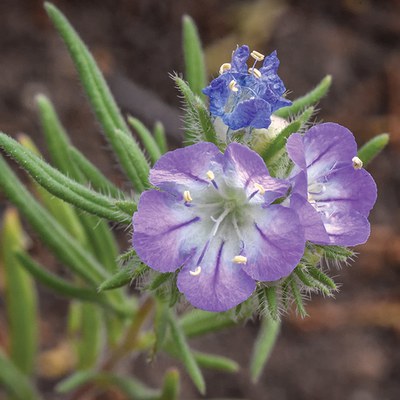
Dense cluster of small, light purple flowers that grow on single or branched stems. Found in dry sandy soils in our sagebrush meadows. Plant height: up to 20” tall.
Bloom time: May-June.
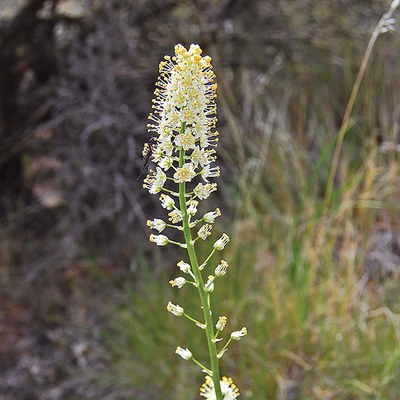
Delicate, white flowers on a tall stem. Found in open grasslands and meadows. Poisonous! It is often confused (especially when not blooming) with blue camas, whose bulbs are edible. Plant height: 8-20” tall.
Bloom time: May-June.
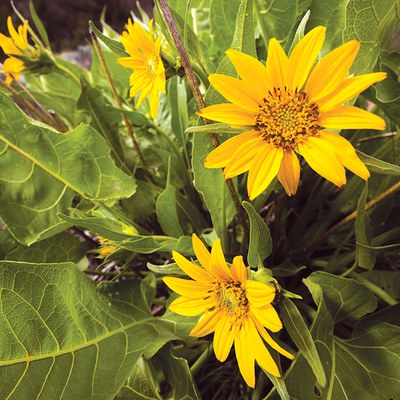
One of our showiest wildflowers! Large, bright yellow sunflower-like faces. Grows in clumps in a wide variety of habitats. Plant height: 12-36” tall.
Bloom time: May-June.
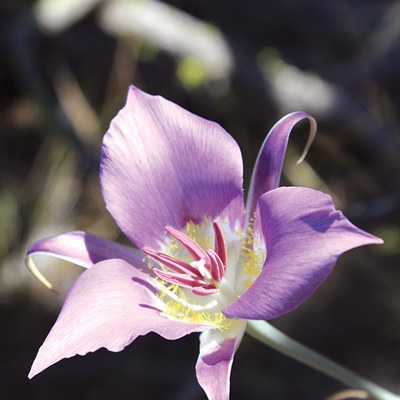
A sagebrush jewel that blooms intensely lavender on tall stems. Mariposa means butterfly in Spanish, kalo and chortos are Greek for beautiful and grass. Plant height: 8-23” tall.
Bloom time: June-July.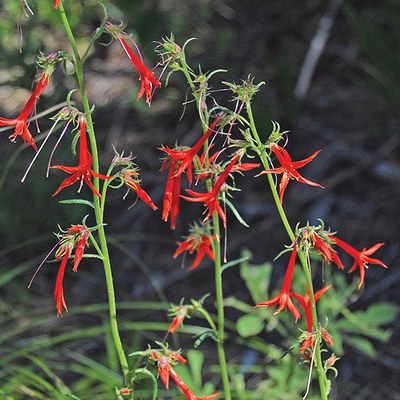
Trumpet-shaped, bright red flowers on stems up to 3’ tall. Flower color may vary from scarlet, speckled with white, to pale pink speckled with red. Grows in dry soils in woodland openings and meadows.
Bloom time: June-August.
Learn more:
- See our full Whychus Canyon Preserve wildflower list.
- Join the Land Trust for a guided wildflower walk or hike (April-August, each year)!


